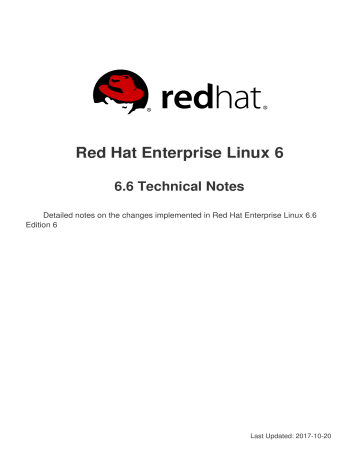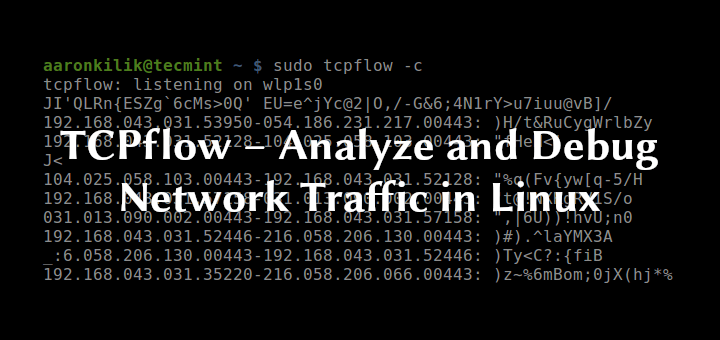

- #Redhat install tcpdump pdf
- #Redhat install tcpdump update
- #Redhat install tcpdump upgrade
- #Redhat install tcpdump download
Link/ether 00:1a:4a:16:01:73 brd ff:ff:ff:ff:ff:ffħ: ovs-system: mtu 1500 qdisc noop state DOWN mode DEFAULT group default qlen 1000 # ip link show | headġ: lo: mtu 65536 qdisc noqueue state UNKNOWN mode DEFAULT group default qlen 1000 Identify the interface name-you need to install network tools. Using that as the default.Ĭommand: podman run -it -name toolbox-core -privileged -ipc=host -net=host -pid=host -e HOST=/host -e NAME=toolbox-core -e IMAGE=/rhel8/support-tools:latest -v /run:/run -v /var/log:/var/log -v /etc/machine-id:/etc/machine-id -v /etc/localtime:/etc/localtime -v /:/host /rhel8/support-tools:latest Run telnet/tcpdump in OpenShift v4 CoreOS serverĪfter entering the container shell, you can use the yum package manager to install the required debugging and management tools. Spawning a container 'toolbox-core' with image '/rhel8/support-tools'ĭetected RUN label in the container image. Then, it rotates the container with Podman.
#Redhat install tcpdump download
The first time you run the script, it will download the toolbox container image to your node. To start the toolbox container, use the following command. If you don't see a command prompt, try pressing enter. You will see the following output: chroot /host

This will enable you to use host binaries in Shell. The prompt comes from a special tool container that mounts the node root file system on /Host Folder and allows you to check files from that node.Īs the command output shows, you need to start a chroot shell in the /host folder. Starting pod/node01ocpcomputingforgeekscom-debug. You can use it OC debugging Command or SSH.

But first you have to access the OpenShift node from where you want to run the management tool in the container. You can start the toolbox container with the following command Toolbox The script provided. Run toolbox container in OpenShift 4 RHCOS machine The good thing is that CoreOS comes with a package called Toolbox It will start a container and let you introduce your favorite debugging or management tools. The only way to run tools that are not pre-packaged with the OS is through containers. There is no OS package manager and direct download and installation of RPM packages is not supported.
#Redhat install tcpdump update
The operating system uses the following functions for transaction upgrades: rpm-ostree The system is a system that delivers updates through container images and is part of the OpenShift container platform update process. RHCOS does not come with a package manager, such as yum or dnf.
#Redhat install tcpdump upgrade
RHCOS combines the quality standards of Red Hat Enterprise Linux (RHEL) with the automatic remote upgrade function of Container Linux. Starting from the OpenShift 4 version, Red Hat Enterprise Linux CoreOS (RHCOS) is the recommended and supported operating system that runs on all OpenShift Container Platform computers.
#Redhat install tcpdump pdf
Issue: Your script is missing steps you recorded into a capture file.You can download this article in PDF format via the link below to support us. When using external tools, make sure that all packet data is being captured and none of it is being truncated.įor command line capture utilities, make sure to provide all of the required arguments.īack to top Troubleshooting missing packets To generate a smaller, more manageable script, try to capture the network traffic only for the time that you perform actions in your application. Use the following tips to ensure successful generation of your files: Workaround: Manually change http to https.īack to top Tips for creating. In some cases, the recorded URL is displayed in the generated script with instead of at the start of the URL. pcap file into a Web - HTTP/HTML Vuser script, it uses the generated key log file to decrypt the data and publish it as text. For example, for WireShark, see TLS Decryption.


 0 kommentar(er)
0 kommentar(er)
